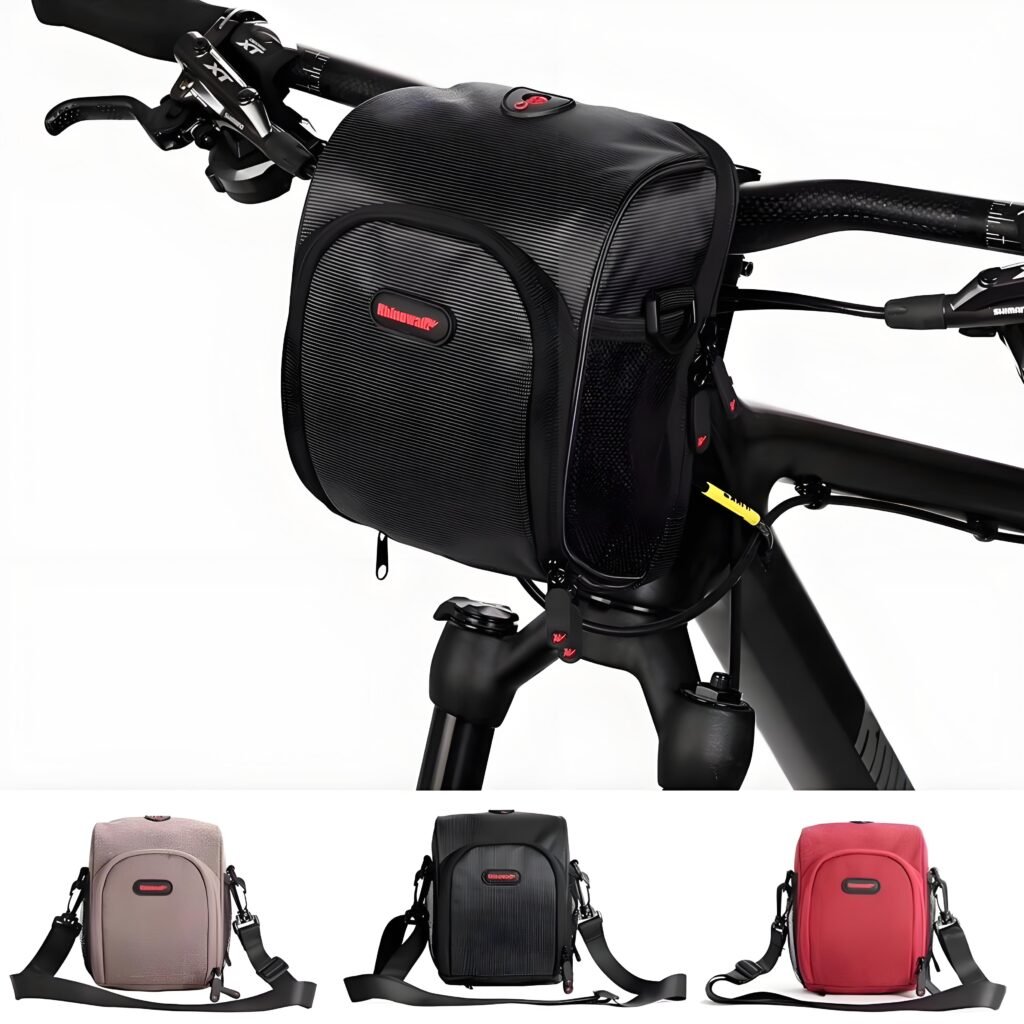Title: The Art and Utility of PVC Patches on Cycling Bags: A Comprehensive Guide
Introduction
Cycling, an activity that combines the thrill of speed with the serenity of nature, has gained immense popularity in recent years. Whether you’re a competitive cyclist training for the next big race or a casual rider exploring your local trails, having the right gear is crucial. Among the myriad of accessories that enhance a cyclist’s experience, cycling bags play a pivotal role. They carry essential items like water bottles, tools, spare tubes, and snacks, ensuring that you’re prepared for any situation on the road.

One unique and increasingly popular feature on cycling bags is the inclusion of PVC patches. These patches not only add a touch of personality and style to your gear but also serve practical purposes. In this comprehensive guide, we’ll explore the world of PVC patches on cycling bags, from their origins and types to their benefits and application techniques. By the end, you’ll have a comprehensive understanding of why and how to incorporate these versatile elements into your cycling setup.
Origins and Evolution of PVC Patches
Polyvinyl chloride (PVC) is a versatile plastic material with a wide range of applications, from construction and healthcare to fashion and accessories. Its durability, flexibility, and resistance to weather conditions make it an ideal choice for creating patches. The concept of using patches, whether for decoration or functionality, dates back centuries. Historically, patches were used to repair clothing, armor, and other fabrics, often incorporating materials like leather, cloth, or metal.
The integration of PVC into patch-making is a more recent development, driven by advancements in material science and manufacturing techniques. PVC patches offer a combination of aesthetics and practicality that has made them a staple in various industries, including military, law enforcement, and outdoor sports.
In the cycling world, PVC patches have become a symbol of individuality and customization. They allow riders to express their personality and affiliations through unique designs, colors, and shapes. From minimalist logos to intricate works of art, PVC patches offer a canvas for endless creativity.
Types of PVC Patches
When it comes to PVC patches for cycling bags, there are several types to choose from, each with its own set of characteristics and benefits. Here’s a closer look at some of the most popular options:
- Embroidered PVC Patches: These patches combine the durability of PVC with the intricate detail of embroidery. The design is绣在布料上,然后覆盖一层透明的PVC薄膜,以保护绣线免受磨损。The result is a patch that retains its vibrancy and sharpness even after extended use. Embroidered PVC patches are ideal for complex designs that require high levels of detail.
- Printed PVC Patches: Printed patches offer a cost-effective alternative to embroidered ones. They are created by printing the design directly onto a sheet of PVC, which is then cut into the desired shape. Printed patches are perfect for simple designs and large quantities, as they can be produced quickly and efficiently.
- Soft PVC Patches: Unlike rigid PVC, soft PVC is flexible and can be molded into various shapes and sizes. This makes it an excellent choice for creating three-dimensional patches that add texture and depth to your cycling bag. Soft PVC patches are also more comfortable to touch, reducing the likelihood of irritation or discomfort when in contact with your skin.
- Reflective PVC Patches: Safety is paramount in cycling, and reflective patches can play a crucial role in enhancing your visibility on the road. These patches incorporate reflective materials that glow brightly when illuminated by headlights or other light sources, making you more visible to other road users. Reflective PVC patches are especially useful for night rides or in low-light conditions.
- Layered PVC Patches: Layered patches are created by stacking multiple layers of PVC or other materials to create a three-dimensional effect. This technique allows for more complex designs and textures, adding a unique and eye-catching element to your cycling bag. Layered patches are often used for logos or designs that require depth and dimension.
Benefits of PVC Patches on Cycling Bags
The incorporation of PVC patches on cycling bags offers a multitude of benefits, ranging from aesthetic enhancements to practical functionalities. Here are some of the key advantages:
- Durability: PVC is known for its durability and resistance to wear and tear. Patches made from this material can withstand the rigors of cycling, including exposure to sun, rain, and dirt. This ensures that your patches remain intact and vibrant for extended periods, adding long-lasting value to your cycling bag.
- Customization: PVC patches offer a high degree of customization, allowing you to create unique designs that reflect your personality and style. Whether you want to showcase your favorite team’s logo, promote a cause, or simply add a touch of color to your gear, PVC patches provide a versatile and creative solution.
- Practicality: Beyond aesthetics, PVC patches can serve practical purposes. Reflective patches enhance your visibility on the road, while embroidered or printed patches can provide information such as contact details or emergency instructions. Layered or three-dimensional patches can add extra pockets or compartments to your bag, increasing its functionality.
- Weather Resistance: PVC’s resistance to water and other elements makes it an ideal choice for cycling bags, which are often exposed to adverse weather conditions. Patches made from this material won’t fade, crack, or peel over time, ensuring that your cycling bag looks as good as new, even after numerous washes and exposures to the elements.
- Easy Maintenance: PVC patches are easy to clean and maintain. They can be wiped down with a damp cloth or washed with mild soap and water, making them a low-maintenance addition to your cycling gear. This convenience is especially beneficial for riders who prioritize performance and ease of use.
Designing and Creating Your Own PVC Patches
If you’re interested in designing and creating your own PVC patches for your cycling bag, here’s a step-by-step guide to help you get started:
- Conceptualization: Begin by brainstorming ideas for your patch design. Consider your cycling bag’s color scheme, the overall aesthetic you want to achieve, and any specific messages or symbols you want to convey. Sketch out your ideas on paper or use design software to create digital mockups.
- Choosing Materials: Decide on the type of PVC patch you want to create. Embroidered patches offer intricate detail, while printed patches are more cost-effective for large quantities. Soft PVC patches provide flexibility and comfort, while reflective patches enhance visibility. Layered patches allow for more complex designs and textures.
- Selecting a Manufacturer: Once you have a clear vision for your patch, it’s time to find a manufacturer who can bring your design to life. Look for companies with a good reputation, experience in creating PVC patches, and a range of customization options. Consider factors such as pricing, turnaround time, and customer service when making your decision.
- Finalizing the Design: Provide your chosen manufacturer with your design files, including any colors, fonts, or other specifications. They may require certain file formats or resolutions to ensure the best possible outcome. Work closely with the manufacturer to review and refine your design until you’re completely satisfied.
- Production and Delivery: Once your design is finalized, the manufacturer will begin production. This may involve printing, embroidery, cutting, and assembling your patches. Depending on the complexity and quantity of your order, production times can vary. Once your patches are complete, they will be shipped to you, ready to be attached to your cycling bag.
Attaching PVC Patches to Cycling Bags
Now that you have your custom PVC patches, it’s time to attach them to your cycling bag. There are several methods you can use, depending on the type of patch and the material of your bag. Here are some popular options:
- Sewing: Sewing is the most secure and permanent method of attaching PVC patches to cycling bags. Use a strong, durable thread and a sharp needle to hand-sew or machine-sew your patches in place. This method ensures that your patches will stay put, even under the most extreme conditions.
- Adhesive Backing: Some PVC patches come with an adhesive backing that allows them to be easily stuck to your cycling bag. This method is quick and easy, but it may not be as permanent as sewing. Adhesive-backed patches are best suited for smooth, flat surfaces and may not adhere well to textured or porous materials.
- Heat Sealing: Heat sealing involves using a heat press or iron to bond your patches to your cycling bag. This method works well with PVC patches that have been designed specifically for heat sealing. It creates a strong, lasting bond that is resistant to water and other elements. Be sure to follow the manufacturer’s instructions carefully to avoid damaging your bag or patches.
- Velcro or Hook and Loop Fasteners: Velcro or hook and loop fasteners offer a removable and reusable option for attaching PVC patches to your cycling bag. This method allows you to easily swap out patches or remove them for cleaning. Simply attach the Velcro or hook and loop fasteners to both your patch and your bag, then press them together to secure.
Maintaining Your PVC Patches
To ensure that your PVC patches remain in good condition and continue to add value to your cycling bag, it’s important to follow a few maintenance tips:
- Regular Cleaning: Clean your patches regularly to remove dirt, dust, and other contaminants. Use a damp cloth or mild soap and water to wipe down your patches, taking care not to scrub or scratch the surface. Dry them thoroughly with a clean cloth to avoid water spots or streaks.


